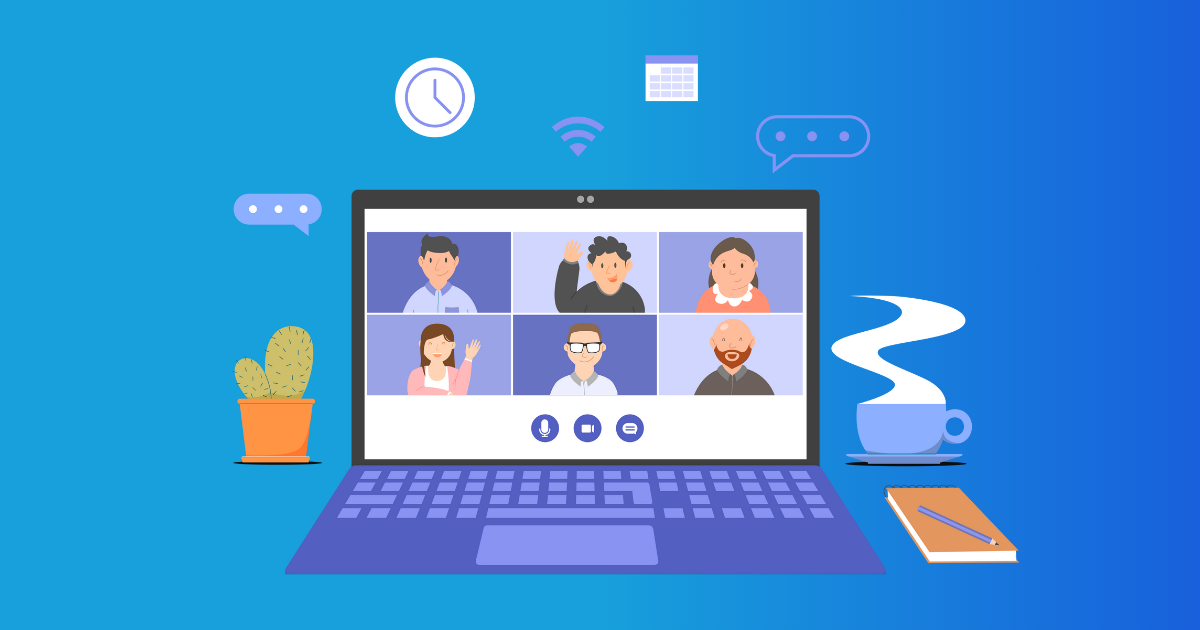In an era where virtual meetings are the norm, ensuring the security of your discussions is paramount. Jitsi, an open-source platform for video conferencing, offers flexibility and privacy, but like any tool, its security depends on how you use it. Here’s your step-by-step guide to keeping your Jitsi meetings secure.
1. Set Strong Passwords
Create Unique Meeting Passwords: For each meeting, set a unique, strong password. Avoid simple patterns or common words. Combine letters, numbers, and symbols to make it more robust.
Lock the Room: Once all participants have joined, lock the room. This prevents unauthorized access during the session.
2. Control Access
-
Use the Lobby Feature: Enable the lobby feature so you can vet participants before they join. This way, only those you approve can enter the meeting.
-
Manage Participant Roles: Assign roles (moderator, participant) to control who can share their screen, send messages, or kick out other participants. Limiting these powers reduces the risk of disruptions.
3. Keep Software Updated
Regular Updates: Ensure your Jitsi instance (and any related software) is regularly updated. Updates often include security enhancements and bug fixes.
4. Use Secure Connections
Encrypted Transmissions: Jitsi meetings are encrypted, but ensure your internet connection is secure too. Use a VPN if you’re connecting from a less secure network like public Wi-Fi.
5. Educate Participants
Share Best Practices: Inform your participants about security measures. Ask them to join from secure locations and not to share sensitive information unnecessarily during the meeting.
6. Monitor and Adjust Settings
Review Default Settings: Periodically review Jitsi’s default settings. As the platform evolves, new security features may be added.
Monitor During Meetings: Keep an eye on who’s joining and what’s being shared. Quick reactions to unexpected behavior can prevent many issues.
7. Consider Advanced Security Measures
Self-Hosting: If you’re technically inclined, consider self-hosting your Jitsi server. This gives you complete control over the security settings and data.
Use End-to-End Encryption: For highly sensitive meetings, explore options for end-to-end encryption within Jitsi.
FAQ
Yes, Jitsi is designed with security in mind. It offers features like encryption and password protection. However, the security of a meeting also depends on how you use these features and manage the meeting environment.
When you create a meeting, select the 'Add password' option. Enter a strong, unique password. Share this password securely with your participants.
The lobby feature acts as a waiting room. When participants join, they can't enter the meeting directly. Instead, they wait in the lobby until the host approves their entry. This gives you control over who joins.
Yes, it's crucial to use the latest version. Updates often include security enhancements and bug fixes that protect against known vulnerabilities.
Educate your participants about the importance of security. Share guidelines on secure connections, password sharing, and personal conduct during the meeting.
Yes, if you're the host or have moderator privileges, you can remove participants who are disruptive or unauthorized.
Yes, Jitsi meetings are encrypted. This means that the data transmitted during the meeting is protected from eavesdropping.
Self-hosting gives you complete control over your server and the data passing through it. You can implement additional security measures and ensure that your conversations remain private.
Immediately remove any suspicious participants and end the meeting if necessary. After the meeting, investigate the breach, inform participants, and consider additional security measures for future meetings.
Yes, Jitsi can scale to accommodate large meetings. However, for large-scale or particularly sensitive meetings, consider additional security measures like end-to-end encryption, participant vetting, and professional IT support.








